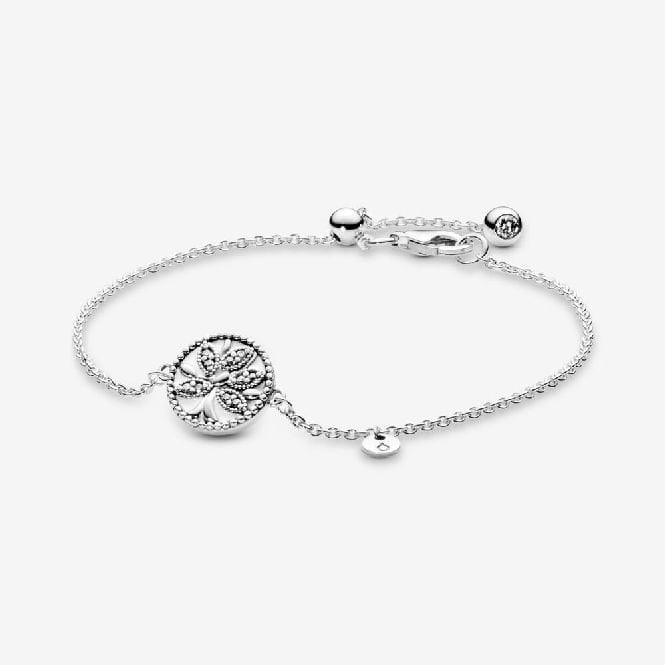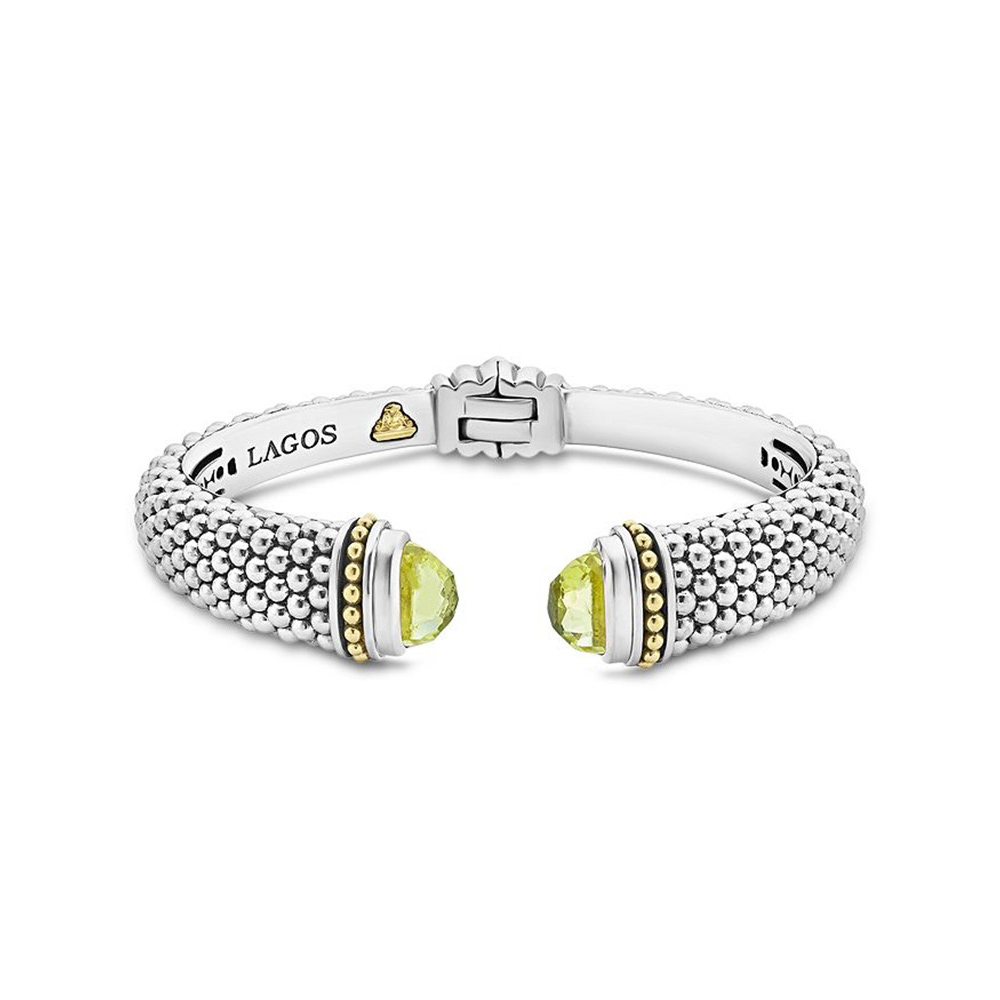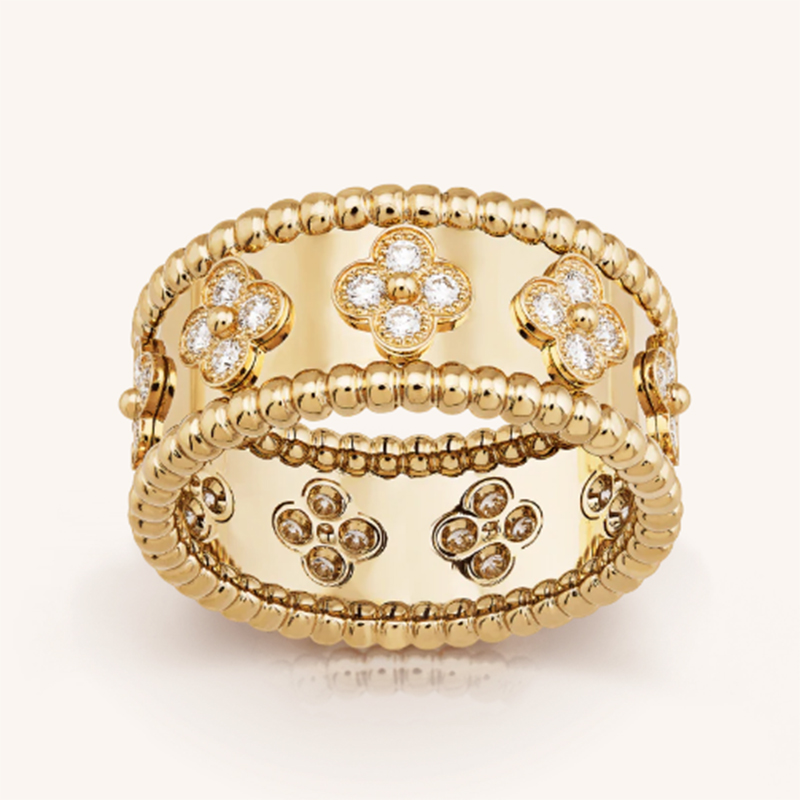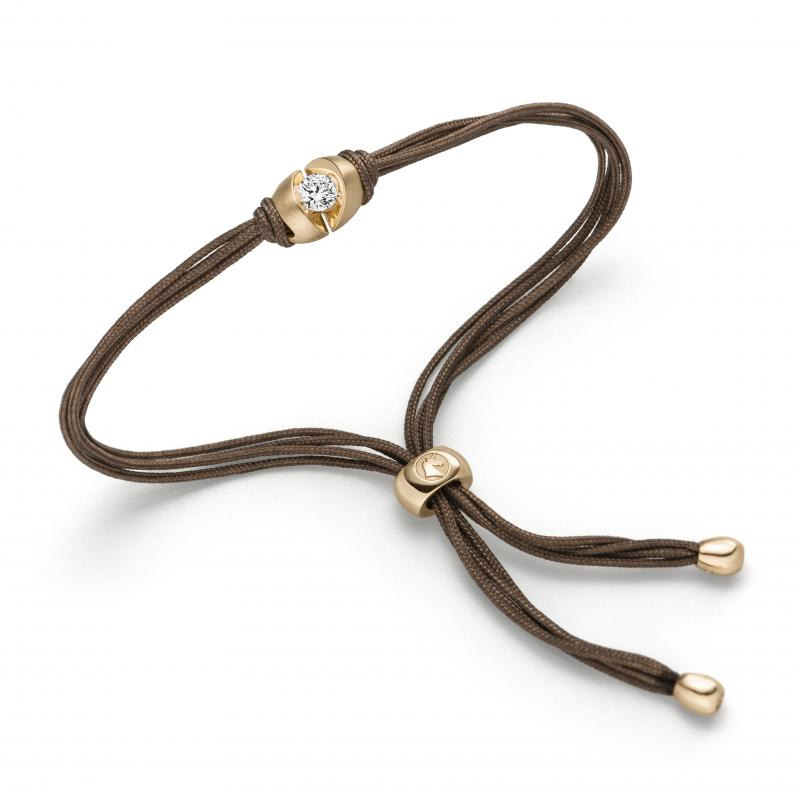Certificates of Authenticity for Customized Sterling Silver 925 and Gold Vermeil Bracelets at JINGYING
Certificates of Authenticity for Customized Sterling Silver 925 and Gold Vermeil Bracelets at JINGYING
LET’S GET STARTED : mo@kingjy.com
Ensuring Trust and Value: The Comprehensive Guide to Certificates of Authenticity for Customized Sterling Silver 925 and Gold Vermeil Bracelets at JINGYING
Abstract
In the world of customized jewelry, trust is the most valuable currency. For a discerning clientele investing in personalized bracelets, the assurance of material quality and craftsmanship is paramount. JINGYING, a leader in bespoke jewelry manufacturing, understands this fundamental need. This article provides a detailed, 5000-word exploration of JINGYING’s rigorous process of providing Certificates of Authenticity (COA) for its customized bracelets, specifically focusing on the verification of Sterling Silver 925 and the precise measurement of gold vermeil plating thickness. We will delve into the international standards that govern these materials, the advanced spectroscopic and microscopic technologies used for verification, the design and significance of the certificate itself, and how this practice of transparency builds immense brand value, justifies premium pricing, and fosters unwavering customer loyalty. This document serves as a testament to how JINGYING transforms a simple accessory into a documented heirloom, guaranteed for its quality and authenticity.
1. Introduction: The Imperative of Authentication in Modern Jewelry
The personalized jewelry market, especially for items as significant as bracelets, is built on emotion, memory, and identity. A customized bracelet is not merely a purchase; it is an embodiment of a story, a milestone, or a personal statement. Consequently, the physical object must perfectly align with the intangible value it represents. Any doubt regarding its material integrity—whether it is truly sterling silver or if the gold finish will last—can completely undermine the emotional and financial investment.
This is where the Certificate of Authenticity (COA) moves from being a nice-to-have add-on to an essential component of the product. For JINGYING, issuing a COA is a core philosophy, a declaration of their commitment to quality and transparency. It is a formal, scientific, and ethical guarantee that the bracelet is crafted from genuine Sterling Silver 925 and plated with a substantial layer of gold to the exacting vermeil standard.
2. Deconstructing the Materials: The Science Behind the Standards
To understand the importance of the certificate, one must first understand the materials it certifies.
2.1 Sterling Silver 925: The Premium Base
- Definition: Sterling silver is an alloy consisting of 92.5% pure silver and 7.5% other metals, usually copper. The “925″ hallmark refers to this percentage. Pure silver (999 fine) is too soft for durable jewelry; the addition of copper adds necessary strength while preserving the precious metal’s beauty.
- The Challenge: Cheaper alternatives like nickel silver or silver-plated brass are commonplace. Without verification, a customer cannot discern solid sterling silver from these imitations.
- The Standard: JINGYING’s COA guarantees that the entire bracelet body (excluding any non-metal components) meets the 925 standard, ensuring value, durability, and hypoallergenic properties.
2.2 Gold Vermeil: The Luxurious Finish
- Definition: Gold vermeil (pronounced “ver-may”) is a specific and regulated category of gold plating. By international standards (such as those set by the FTC in the USA and CIBJO internationally), for a piece to be called vermeil, it must meet three criteria:
- Base Metal: It must be made of sterling silver.
- Gold Purity: The gold layer must be a minimum of 10 karat purity, though 14k and 18k are more common for quality jewelry.
- Plating Thickness: It must have a gold plating thickness of at least 2.5 microns. Standard gold plating is often only 0.5 microns thick and will wear off quickly.
- The Challenge: Standard “gold plated” items can be applied over any base metal and are typically very thin, leading to rapid wear, tarnishing, and skin irritation from the exposed base metal.
- The Standard: JINGYING’s COA explicitly certifies that the gold layer on the bracelet meets or exceeds the 2.5-micron vermeil standard, often opting for 3-5 microns for enhanced durability, ensuring the piece retains its beauty for years.
3. The Verification Process: Technology Ensuring Truth
The COA is not a marketing pamphlet; it is a scientific report. Its credibility is derived from the advanced technology and rigorous processes used to generate its claims.
3.1 Verifying Sterling Silver 925: X-Ray Fluorescence (XRF) Spectroscopy
- The Technology: JINGYING uses state-of-the-art XRF guns. This is a non-destructive, highly accurate method of elemental analysis.
- The Process: A technician directs the XRF gun at the bracelet. The instrument emits a safe, low-energy X-ray beam that excites the atoms in the metal. These atoms then fluoresce, emitting secondary X-rays that are unique to each element (e.g., silver, copper, zinc). The detector in the gun measures the energy and intensity of these fluorescent rays.
- The Result: Within seconds, the device provides a precise breakdown of the metal’s chemical composition, confirming the presence of 92.5% silver and identifying the other 7.5% of metals. This instantly detects and disqualifies any counterfeits or mislabeled materials.
3.2 Measuring Gold Vermeil Thickness: XRF and Cross-Sectional Microscopy
- Primary Method: XRF Spectroscopy: The same XRF technology used for composition analysis is brilliantly effective for measuring plating thickness. The device can analyze the gold layer’s fluorescence signal and calculate its thickness based on the intensity. This is the standard method for quality control on finished products as it leaves no mark.
- Secondary Validation: Cross-Sectional Microscopy: For additional validation or in cases of dispute, JINGYING can use a destructive testing method. A sample from a leftover casting sprue (from the same production batch as the bracelet) is mounted in resin, polished to a mirror finish, and examined under a high-powered scanning electron microscope (SEM). This provides a direct, visual cross-section where the gold and silver layers can be measured with micron-level accuracy. This method definitively confirms the XRF readings.
3.3 In-Process Quality Control: Verification is not a single event at the end. JINGYING integrates these checks throughout manufacturing:
- Raw Material Inspection: Silver grain and gold plating solution are tested upon arrival.
- Post-Casting Check: Random samples from each casting batch are verified.
- Pre-Plating Check: The polished silver bracelet is checked to ensure a flawless surface.
- Final Audit: The finished bracelet is tested one final time before packaging.
4. The Certificate of Authenticity: A Document of Value
The certificate itself is a carefully crafted document, designed to be both elegant and informative.
4.1 Key Components of the JINGYING COA:
- Company Branding: Official logo, hologram, and security foil to prevent forgery.
- Unique Serial Number: A number that is often laser-engraved on the bracelet itself, creating a permanent link between the item and its certificate.
- Detailed Product Description: Includes the item name (e.g., “Customized Name Bracelet”), JINGYING style number, and production date.
- Material Certification: A clear statement: “This confirms that the item is manufactured in Solid Sterling Silver 925.”
- Plating Specification: Explicit detail: “Finished with 18k Gold Vermeil plating with a minimum thickness of 2.5 microns.”
- Care Instructions: Guidelines on how to maintain the bracelet’s finish, based on its certified properties.
- Official Signatory: Signed by the Head of Quality Control or Company Director, adding a layer of accountability.
4.2 The Digital Dimension: JINGYING often complements the physical certificate with a digital record. The unique serial number can be entered on a dedicated page on their website, pulling up the certificate’s details and adding a modern layer of verification and permanence.
5. The Strategic Value: Beyond a Piece of Paper
Providing a COA is a strategic business decision that yields immense returns.
- Justifies Premium Pricing: A COA provides tangible, scientific proof of quality that allows customers to understand why a JINGYING bracelet costs more than a non-certified piece from a generic retailer. It validates the price point.
- Builds Unshakeable Brand Trust: This practice positions JINGYING as a transparent, honest, and quality-obsessed brand. Customers feel safe and confident in their purchase, which is the foundation of brand loyalty.
- Reduces Returns and Disputes: The COA sets clear expectations and provides definitive proof of quality, effectively eliminating disputes over material authenticity.
- Enhances Resale Value: Like a diamond grading report from GIA, a COA from a reputable manufacturer like JINGYING provides a verifiable history of the item’s quality, potentially enhancing its future value as an heirloom piece.
- Competitive Differentiation: In a crowded online marketplace, the offer of a professional COA is a powerful differentiator that attracts discerning customers.
6. The Customer Journey: How the COA Impacts the Experience
- Pre-Purchase: The promise of a COA featured on product pages and marketing materials acts as a key purchase driver, assuring potential buyers before they even add to cart.
- Post-Purchase Unboxing: The presence of the elegant certificate inside the packaging elevates the unboxing experience from a simple transaction to a luxury event. It confirms the customer’s wise choice.
- Long-Term Ownership: Whenever the customer wears the bracelet, the COA stored away in their drawer serves as a permanent reminder of the quality and value of their investment. It provides peace of mind for years to come.
7. Conclusion: The Certificate as a Covenant
For JINGYING, providing a Certificate of Authenticity for its customized sterling silver and gold vermeil bracelets is far more than a procedural step. It is a covenant—a solemn promise to the customer that their treasured item is exactly as described.
It represents a fusion of artisanal craftsmanship and scientific rigor, where the romanticism of personalized design is validated by the certainty of modern technology. This commitment to transparency is what transforms a beautiful bracelet from a mere piece of jewelry into a trusted keepsake. It ensures that the stories, memories, and identity woven into the custom design are supported by a foundation of impeccable quality, guaranteed not just by a brand’s word, but by the unequivocal evidence of science. In doing so, JINGYING doesn’t just sell jewelry; it sells confidence, and in the modern market, that is the most valuable material of all.







